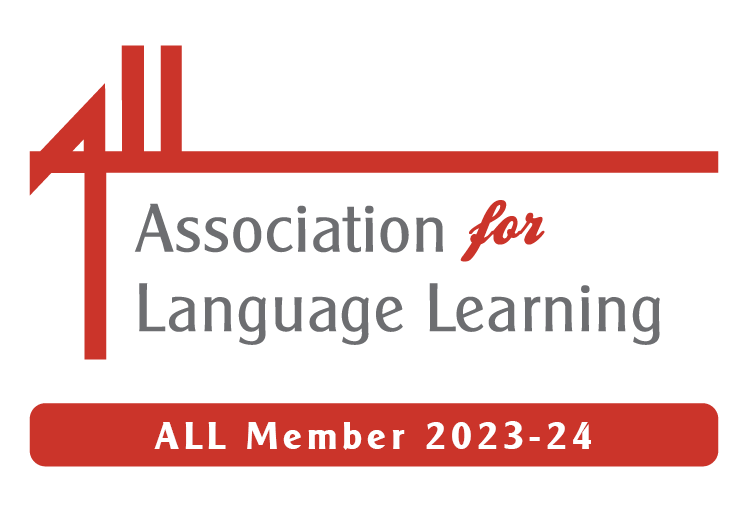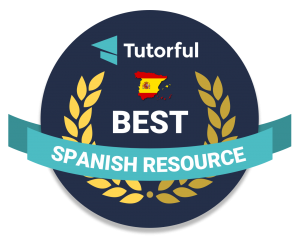
Not a post about S Club 7 (athough I will say that my boys are big fans of Hannah who’s in Primeval now!) but about something that was reinforced in my mind last night.
The Assistant Head at school had been asked to run part of the PDM on EAL (English as an additional language) and to give some brief ideas on how to make life easier for EAL pupils at school. We don’t have many but it is an important issue – and one that is relevant in general too! On a recent course she had attended, the presenter had taught them some Welsh to put the delegates in the position of an EAL learner, and Jan had asked me to emulate this – her exact request was ‘you know an oscure Spanish dialect don’t you? Could you teach us some?’ Not sure how the Catalans would respond to hearing Catalan described as such but I took the challenge.
The idea was to teach numbers 1-12 and then do some basic maths but without using visual prompts like fingers, cards, notes, actions or mimes until about half way through the session. Thus the staff were put in the place of a learner who is capable to doing the task – all our staff can add and subtract numbers up to 12!- but don’t have the vocabulary to understand the task.
What struck me was how hard I found it to teach without using actions – I literally had to put my hands in my pockets or hold them together to stop myself gesturing. I found it really uncomfortable to see the looks on my colleagues’ faces as they tried to work out what I wanted them to do – and I think I caved in quicker than I should have done. My style is very much waving my arms around, pointing, miming and using any clue I can to enable the pupils to understand.
When asked how they’d felt, it was obvious that the exercise had hit the mark as the staff immediately pinpointed the difficulty of understanding the task being the biggest stumbling block, and how much easier it had been once actions had been introduced, or the list of numbers being written on the wall. One colleague said that she’d given up trying after a few minutes as she was so baffled; another that she’d felt so inadequate and small as others had caught on more quickly than her, and almost humiliated (once she’d understood it) by the simplicity of the task that she’d been unable to do.
So, despite my discomfort at teaching in a way that is alien to me, I think the exercise served to underline just how important gesture and mime are in enabling understanding.
We played a game from Digital Dialects as part of my mini-lesson. Well worth a look if you want to learn – or even just look at – some basics in a wide range of different languages!















